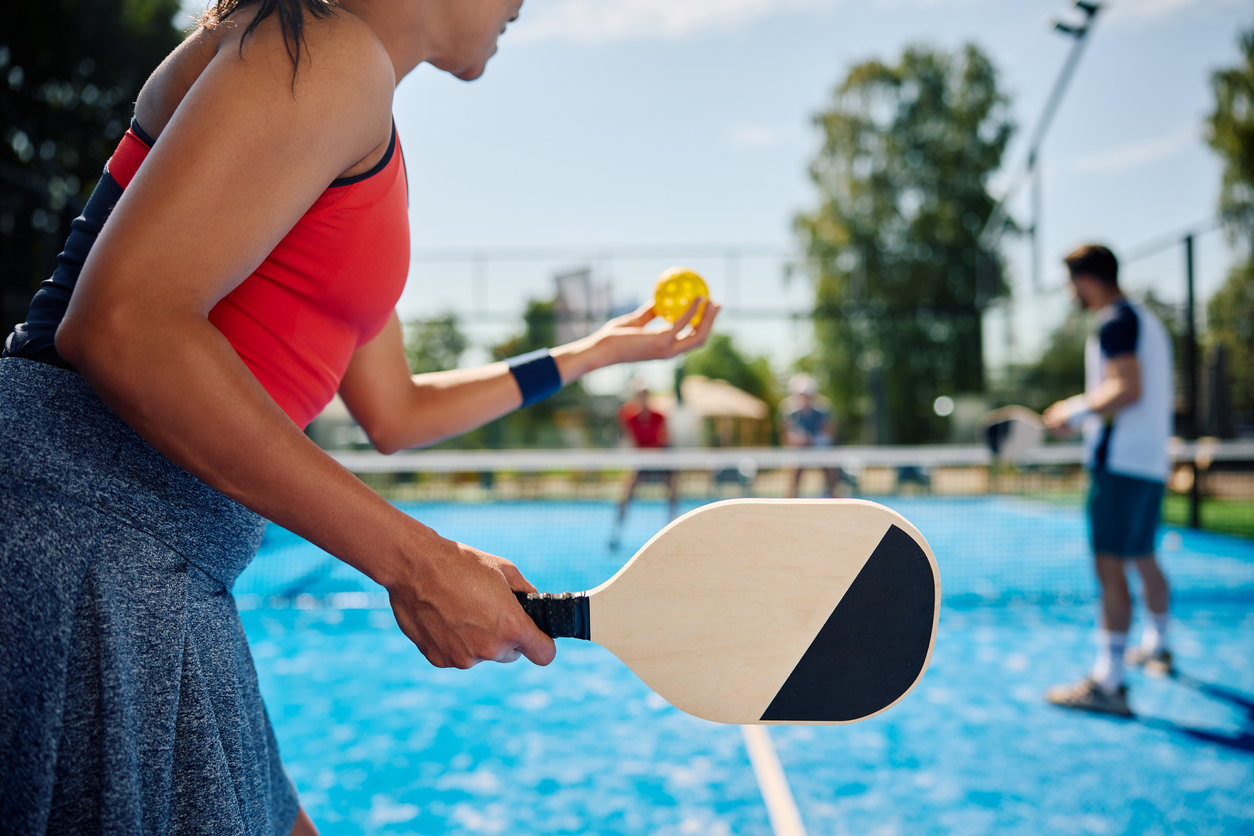It’s not everyone’s favorite chore, but laundry is a necessity. Knowing how to properly launder clothing can enhance its longevity and, possibly, make the chore a bit less cumbersome. Of course, taking care of our clothing is essential. Laundering it well will ensure that clothing lasts longer. Naturally, we want to appear in clothing that’s clean and in good condition, particularly when we venture out into the world. Here, we’ve organized some helpful laundry tips and techniques that will help you get a handle on this chore.
It all starts with your washing machine
Keeping your washing machine in good condition is important to ensure it lasts for years and works efficiently. Here are six tips to help you keep your washing machine in tip-top shape.
- Clean the Machine Regularly
Cleaning your washing machine regularly is essential to keep it in good condition. Wipe the drum and door seal with a damp cloth after each use, and use a cleaning cycle with an appropriate cleaner once a month to remove any buildup.
- Check and Clean the Filter
Checking and cleaning the filter regularly will prevent blockages and ensure your machine works efficiently. The location of the filter varies depending on the machine’s model, so consult the manual to find it. Clean the filter every few months or more often if you wash heavily soiled clothes.
- Use the Right Amount of Detergent
Using too much detergent can cause buildup and damage to the machine, while using too little can result in clothes not being cleaned properly. Follow the instructions on the detergent packaging to ensure you use the correct amount.
- Don’t Overload the Machine
Overloading the machine can cause damage to the machine and clothes not being cleaned properly. Be sure to follow the manufacturer’s instructions for load size.
- Use the Right Water Temperature
Using the correct water temperature is crucial to getting your clothes clean and preventing damage to the machine. Follow the care label instructions for each item and use the appropriate temperature.
- Maintain the Machine’s Level
If your washing machine isn’t level, it can cause damage to the machine and make it noisy during operation. Use a spirit level to check the machine’s level, and adjust the feet if necessary.
Following these six tips will help you keep your washing machine in excellent condition, ensuring it lasts for years and works efficiently. By cleaning the machine regularly, checking and cleaning the filter, using the right amount of detergent, not overloading the machine, using the right water temperature, and maintaining the machine’s level, you can prevent damage and keep your washing machine running smoothly.
Choose the right detergent
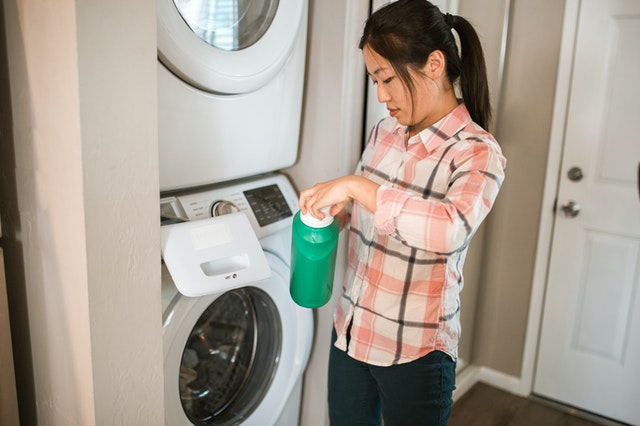
What is the best detergent for doing laundry? Scented? Unscented and hypoallergenic? Powder? Liquid? Are the different types of detergent merely a matter of preference, or are there some good reasons to select one type over another?
Powder detergent
Powder and liquid laundry detergents are the most popular types of laundry detergent, and both have advantages and disadvantages. Both types have the same active cleaning ingredients but different ‘filler.’ Powders are known to clean just as well as liquids but are cheaper and their containers, when sold in cardboard boxes, are more eco-friendly.
The downside of powder detergent is that the granules may not dissolve entirely (although today’s products have largely overcome this problem), and they tend to contain more chemicals because of the fillers used in the powder.
Liquid detergent
Also popular, it readily dissolves in water and has fewer chemicals than powder detergent. Liquid detergent is ideal for pre-treating stains, unlike powder detergent. However, liquids tend to be more costly, and they’re sold in plastic containers, which is decidedly less eco-friendly than boxed detergents.
Pods
Pods are usually the most expensive type of laundry detergent, but many people find them the most convenient. These small pods contain pre-measured doses of detergent and are easy to store. They also require less packaging and water, so they’re more eco-friendly than liquid detergents. The disadvantage with pods is that they can’t be adjusted if you have a smaller load or larger—or a load that’s been soiled more than usual. They’re also not ideal for hand-washing clothing.
Tablets
Tablets are similar to pods because they, too, are a pre-measured dose of detergent. However, unlike pods that dissolve quickly, tablets dissolve more slowly—even more slowly than regular powder. Tablets are also not ideal for washing laundry by hand. They are less expensive than pods, and some brands have been billed as more eco-friendly.
Detergent use tips
Of course, the way you use detergent can impact how well you do laundry. You definitely don’t want to use too little or too much detergent when washing clothing. Some people prefer to use certain types of detergent on different fabrics or heavily stained clothing. For instance, as mentioned, liquid detergents are ideal for pre-treating stains such as grass stains.
When choosing a detergent brand, don’t think that the most expensive brand is the best option. Many affordable brand detergents perform well. Often, it’s a matter of preference when it comes to specific brand choices. Try reading reviews or choosing a product that’s more eco-friendly or contains fewer chemicals to make the right decision for your laundry.
Water temperature overview
Knowing what clothing to wash in which water temperature may seem to some like a riddle for the Sphinx, but it’s actually quite simple. However, as a reminder, you might want to make a chart to hang in your laundry room to remind anyone who is washing clothing how to separate laundry and how to adjust the water temperature accordingly to avoid washing at the wrong temperature.
Hot water
Hot water removes germs well, which is why it’s ideal for washing whites such as underclothing, diapers, and towels. If these items are colored, you should try to wash similar hues together in your hot water. Also, wash colored items in cold water first so that they don’t ‘run’ and color your other items. Hot water can cause colors that haven’t been set to run.
Warm water
Most clothing can be washed in warm water. You can wash your jeans and knits in warm water without fearing shrinkage. Warm water is good for most man-made fibers. Many people wash their bedding in warm water unless the owner of the bedding has been sick; in such cases, opt for hot water.
Cold water
It is best for brightly colored fabrics (especially red) and delicates. Cold water is also more eco-friendly because you won’t have to task your hot water heater to heat the water. Unfortunately, cold water doesn’t sanitize items, so if you have heavily soiled garments, you should pre-treat them with detergent before laundering them.
Avoid mixing colors

To avoid color mishaps such as when your new red sweatshirt runs and stains all your white underclothing, turning them pink, you should wash similar colors together—and wash colors that are likely to run in cold water. To prevent color problems, always read labels and wash according to their instructions. In addition to sorting by color, sort laundry by fabric. In some cases, if fabrics are heavily soiled, you should consider washing them separately.
Preventing shrinkage and stretching
Shrinkage and stretching can occur when we don’t wash laundry properly or as directed by the garment’s instructions. Unfortunately, even with careful attention to the rules, shrinkage, and stretching may still occur. However, you can reduce the risk for these laundering pitfalls by purchasing preshrunk fabrics, abiding by the garment’s laundering instructions, and using the gentle cycle (or handwashing) more delicate or shrink-prone fabrics. You can also reduce the risk for shrinkage by using the lowest dryer setting or hanging items to air dry.
Reduce wrinkles
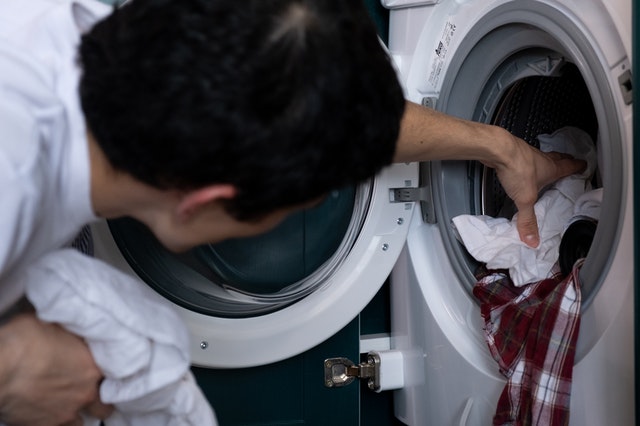
Wrinkles are a common laundry problem. Wrinkled clothing necessitates ironing—and that’s another chore that many people find annoying. However, you can reduce wrinkles as follows:
- Don’t overload your washer; garments need room to move around. Too much laundry in a load leads to more wrinkles.
- Unless otherwise recommended, wash wrinkle-prone clothing in warm or hot water. Coldwater tends to cause more wrinkles and pilling.
- Add a cup of distilled white vinegar to your laundry before washing. However, be sure your washing machine’s manual doesn’t advise against it as some may. (Consider soundproofing your washing machine to have peace and quiet while the cycle is active).
- Use fabric softener; it will soften clothing and reduce wrinkles.
- Remove clothing from the dryer promptly and fold. This helps to prevent stubborn wrinkles.
Delicate clothing
Delicates are items like some undergarments and lingerie. These items may need to be washed on your machine’s delicate cycle or, to be safe, washed by hand. You can hand wash using your regular detergent; liquid detergent or a detergent designed for handwashing is best. Follow the detergent’s directions. In many cases, you may wish to let the clothing soak in the sudsy water for a bit before rinsing. Typically, you should wash your delicates after three uses unless they become too soiled to wear. Promptly treat stains and then hand wash them to prevent them from setting into the fabric.
Stain removal 101
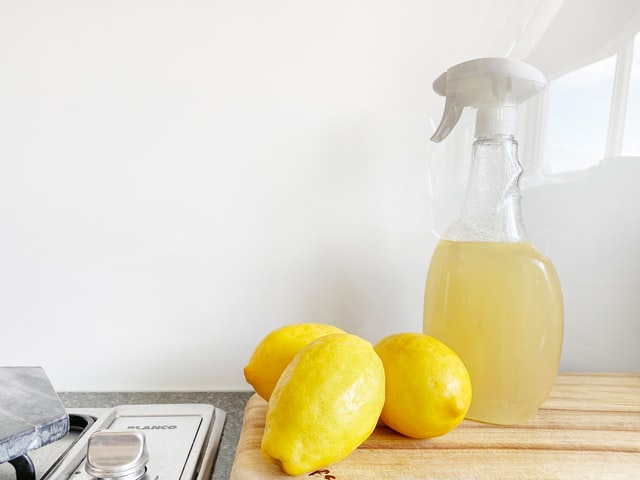
Stains are inevitable. We drip coffee onto our white shirts or get splashed by dirty rainwater on our way to work. Anyone with kids understands that stain-fighting is a common practice. There are products on the market that can help you fight stains. Here are some stain-fighting methods you can adopt:
Oxygen bleach
Also known as chlorine bleach, oxygen bleach is a tried-and-true stain fighter. Color-safe bleach like this is safe for whites and colored fabrics. It works by oxidizing and bleaching out the stain.
Soap bar
Bar soap stain removers have been around for centuries. They’re cheap, but they require hands-on use. You’ll need to wet and rub the bar continuously onto the stain to remove it. You may need to use a soft-bristle brush to help remove more stubborn stains. Once you’ve removed the stain, you can rinse the garment.
Acetone
Acetone, a solvent, is best known for removing nail polish, but it can also rid ink and paint stains, for example, from most fabrics. However, avoid using it on delicate natural fabrics like silk or wool.
Enzyme-based stain remover
Enzyme-based stain removers are often available in spray form commercially. Spray these removers onto stains and allow them to sit a few moments to break down the stain. Then wash as you would normally.
Dry cleaning solvent
If you’re concerned about a delicate fabric and your own stain-fighting methods, you can talk to your dry cleaner about it. Dry cleaning solvent is often effective for removing stains, especially on finer clothing.
Apple cider vinegar
Apple Cider Vinegar can play an important role in stain removal, from coffee and tea to ink, you can use it in many different ways to ensure you’ll get rid of those annoying stains.
Washing whites
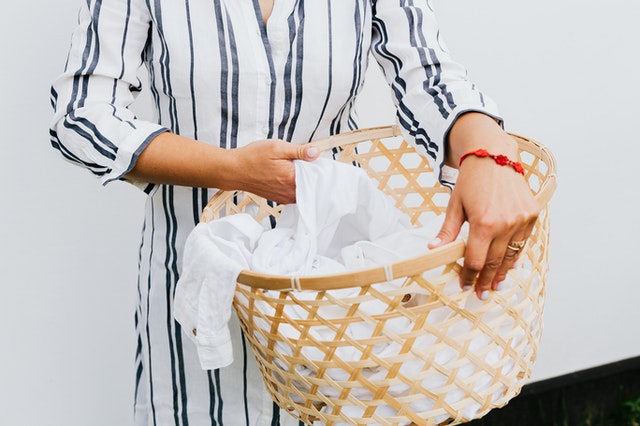
To wash your whites properly, you’ll want to avoid overloading them and choose the proper detergent. Treat your stains on whites quickly, or they may not come out. It’s best to wash whites at a warm water temperature and to dry them on low heat. Be sure to double-check your tags before placing white items in the dryer. Some may require air drying.
Maximizing the lifespan of your washing machine through proper laundry care
Proper laundry habits can help keep your washing machine in top shape by reducing wear and tear on the machine’s components and preventing the buildup of dirt, grime, and residue. Here are some ways that proper laundry practices can help maintain your washing machine:
- Properly load your washing machine: Overloading your washing machine can put extra strain on the machine’s motor and other components. It can also cause the machine to become unbalanced during the spin cycle, which can damage the drum and other parts. Follow the manufacturer’s recommendations for load size to ensure that you’re not overloading the machine.
- Use the right amount of detergent: Using too much detergent can cause buildup on the inside of the machine and in the drain lines, which can lead to clogs and other problems. Using too little detergent can result in clothes not getting clean, and may require additional cycles to get them clean. Use the recommended amount of detergent for each load, and avoid using more than necessary.
- Clean your washing machine regularly: Cleaning your washing machine regularly can help remove dirt, grime, and other buildup that can damage the machine’s components over time. Follow the manufacturer’s instructions for cleaning the machine, which may include running a cycle with a washing machine cleaner, wiping down the drum and exterior surfaces, and cleaning the lint filter.
- Use the right water temperature: Using hot water when it’s not necessary can cause excessive wear on the machine’s heating element, while using cold water for every load can lead to the buildup of detergent and fabric softener. Use the recommended water temperature for each load, which may vary depending on the type of clothes and the level of dirt and stains.
- Use the right cycle: Using the right cycle can help prevent damage to your clothes and your washing machine. Use a delicate cycle for delicate items, a normal cycle for most clothes, and a heavy-duty cycle for heavily soiled items.
By following these simple steps, you can help keep your washing machine in top shape and ensure that your clothes are always clean and fresh. Regular maintenance and proper use can extend the life of your washing machine, saving you money in the long run.
When you know how to do laundry properly, you can better maintain your clothing. The more you practice these tips, the more they’ll become like second nature. Make yourself a chart to hang in your laundry area to help you remember crucial laundry tips, and don’t forget to also maintain your laundry area clean.


